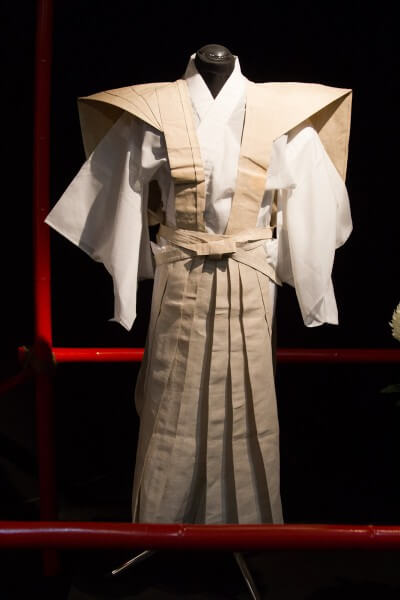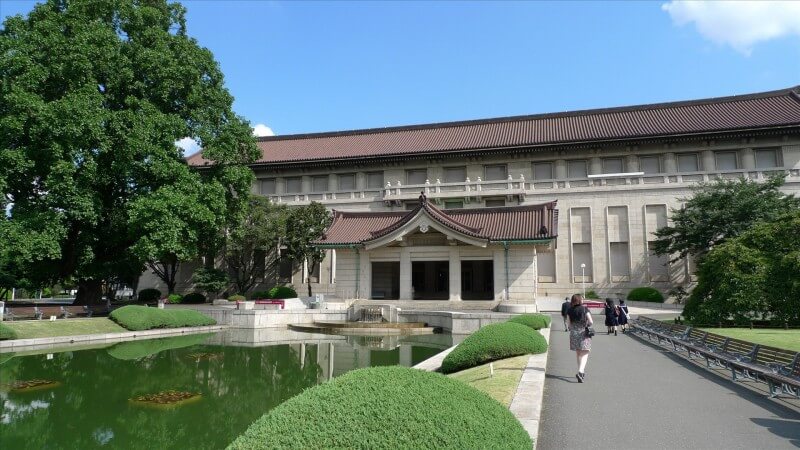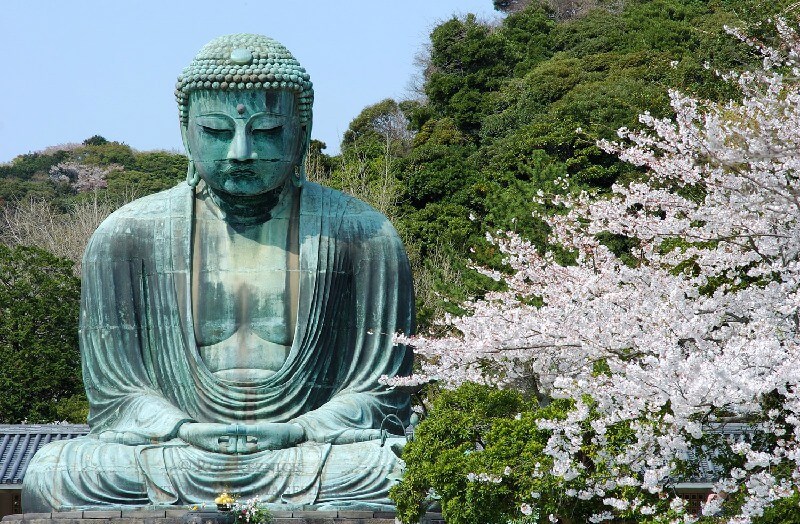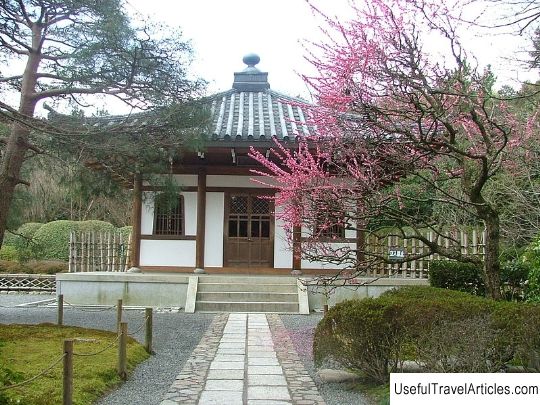Tea in Japan
Rating: 9,5/10 (1343 votes) 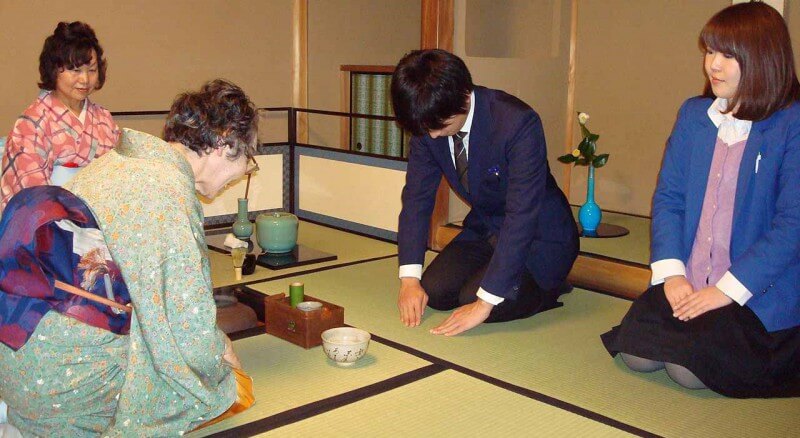  Tea ceremony Tea ceremony in Japan it is a whole ritual, consisting in joint tea drinking, which originated in the Middle Ages and became part of Japanese culture. Tea was brought to Japan from China by Buddhist monks. Originally, tea was consumed by Buddhist monks during meditations, while the tea was offered to Buddha. As Buddhism spread, the tradition of tea drinking began to penetrate into Japanese life. The tea ceremony has a long history. The founder of the tea ceremony, which has come down to our days, is the monk Murot Dzyuko, who was also called the great tea master Shuko. He developed the basic principles that lay in the idea of the Wabi ceremony, they were the pursuit of simplicity and naturalness, as opposed to the lush and luxurious samurai and imperial tea drinking. Master Joo Takeno picked up the spiritual idea of Shuko. He added chashitsu teahouse to the tea ceremony a farmhouse with a thatched roof and rough Japanese pottery. His student Sen no Rikyu formed tea etiquette, in which even the topic of conversation during tea drinking was determined. The tea-drinking ceremony began to be complemented by a beautiful garden set up around a tea house with a stone path leading to the house. Thus, a simple meditative tea-drinking has become a whole little performance with decorations and roles already assigned. But the master himself could not see the results of his labors. His master ordered him to commit ritual suicide, as he was not pleased with the simplicity of Sen no Rikyu's ceremonies. He liked the tea room, covered with gold foil and gold dishes. The Senke School was founded by Master Sen-no-Rikyu, thanks to which a whole system of tea schools was formed.  Making tea Tea houseTea the house is in the back of the garden. A stone path leads to it, which resembles a mountain path, being a symbol of escape from the hustle and bustle. At night, the path is illuminated by dim lights that do not distract attention. Near the entrance to the house there is a well for ablution. The ritual of ablution is a symbol of bodily and spiritual purity. The house looks like a simple peasant house without any luxury with one room, it embodies the principles of naturalness and simplicity. A low and narrow entrance leads into the house, so that you can enter it only by leaning strongly. This design of the entrance is symbolic: anyone entering the house has to bow low, regardless of their position in society. In the days of the samurai, no one could enter the house without removing the long sword, so the weapon was left outside. This was also symbolic, a person before the tea ceremony should leave all worries outside the threshold and think only about the tea ceremony.  Tea house Tea ceremonyThe tea-drinking utensils should be simple, rough work without decorations. The set consists of a box for storing tea, a kettle or cauldron in which water is boiled, a bowl for general drinking, cups for guests, a bamboo stirrer for tea, a spoon for pouring tea. Entering the room, guests turn attention to the niche in the wall opposite the entrance. The niche contains a scroll with sayings that define the theme of the ceremony, as well as an incense burner and flowers. The host must meet guests at the entrance and be the last to enter. The host's seat is opposite the guests. While the water is being heated, a simple light meal is served at the table. After eating, everyone goes outside, except for the owner, to stretch their legs and get ready for the general tea party. At this time, the owner changes flowers. After the guests return, the host proceeds to prepare green powdered tea. The others follow the process in silence, listening to the sounds. This process is like meditation. Tea is poured into a bowl, then a little boiling water is added and the contents in the bowl are stirred with a bamboo stirrer. It is necessary to stir until a green foam appears. Next, boiling water is added to obtain the desired tea consistency.  Dishes for the tea ceremony Dishes for the tea ceremonyBowing, the host hands over the cup with the prepared tea to the most senior or honored guest. The guest should have a silk scarf on his left hand. The bowl is taken with the right hand and placed on the left. The guest nods to the next one and takes a sip of tea from the cup. Then the handkerchief is placed on the mat and the edge of the bowl is wiped off with a paper napkin. Then the bowl is passed on to the next guest. Thus, the bowl runs in a circle, symbolizing the unity of those who gathered for tea. At the end, the cup is returned to the owner. At the next stage of tea drinking, guests have a conversation and drink tea from their cups. The conversation is not about everyday affairs, but the sayings that are written in the scroll, tea, a flower arrangement in a niche, tea are discussed. Sweets are served before tea. After the conversation is over, the owner excuses himself and leaves the house. Without the host, guests can again view everything that was used in the tea ceremony.  Tea ceremony garden When guests leave the house, the host is nearby with the entrance and bows to the outgoing. Returning to the house, he sits for a while and recalls the ceremony, restoring the sensations from it. Then he takes away the dishes, removes the flowers and leaves. Cleaning is a kind of result of the tea party that took place. The tea house becomes the same as it was before the tea ceremony. It is important that after the ceremony there are no external traces, only a trace remains in the mind. There are six main types of tea ceremonies: at sunrise, morning, afternoon, evening, night and special. /> We also recommend reading Camel Riding in Egypt Topic: Tea in Japan. |
